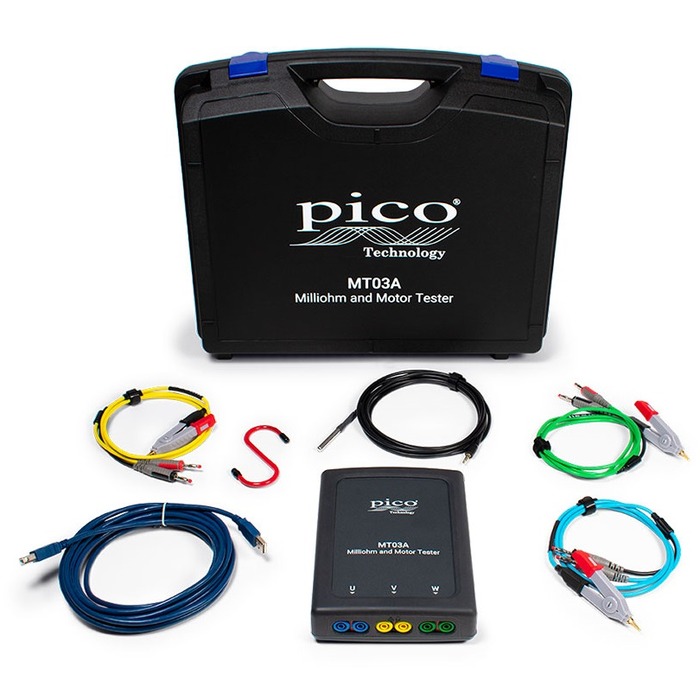
Improving engineering supervising leveraging Picanet network combined with CAN XL technology
The strengthening intricacy of up-to-date factory automation installations requires robust tracking and diagnostic systems. Deploying Picanet, a innovative communication protocol tailored solely for engineering environments, integrated with the augmented capabilities of CAN XL, presents a efficient solution for prompt apparatus visibility. CAN XL's expanded throughput and distance allow seamless integration with Picanet networks, providing efficient transfer of vital operational data. This article investigates the benefits of applying Picanet monitoring with CAN XL in industrial automation applications, highlighting its benefit on system operation.
- What's more, this method facilitates predictive maintenance by granting valuable awareness into system health and possible issues earlier they amplify. 監控繼電器
- The expandability of Picanet, alongside CAN XL's extended capabilities, creates it an excellent solution for a broad spectrum of automated manufacturing deployments.
Utilizing Vuzix Smart Glasses in Distant Monitoring
Vuzix smart glasses are steadily arising a adaptable equipment in the realm of remote surveillance. These cutting-edge devices authorize staff to access live footage from numerous locations, equipping a hands-free and absorbing vision. With their lightweight design and easy-to-use interaction, Vuzix smart glasses support streamlined remote monitoring procedures.
- Furthermore, Vuzix smart glasses can be linked to existing surveillance systems, granting for a fluid workflow.
- This integration boosts situational awareness by supplying agents with a inclusive understanding of the scanned environment.
The all-round capability of Vuzix smart glasses makes them suitable for a wide range of uses, including safety rounds, site assessments, and emergency response. As innovation continues to evolve, we can anticipate even groundbreaking uses for Vuzix smart glasses in the sector of remote surveillance.
Development and Deployment of CAN Relay Control
This article surveys the configuration and installation of a robust CAN-based relay control system. Capitalizing on the qualities of the Controller Area Network (CAN), this system facilitates prompt communication between a main controller and peripheral relay modules. The plan incorporates refined algorithms to ensure rigorous control of the relays, maximizing system performance. Also, this setup demonstrates the virtues of CAN technology in industrial applications, where consistent control is paramount.
- This system contains a central controller, relay modules, and a CAN bus.
- CAN offers a joint communication channel for the unit to oversee relay states.
- A software architecture is engineered to handle message passing between the controller and relay modules.
Installation of this system requires equipment design, software development, and architecture integration. Rigorous testing is completed to establish the functionality and performance of the system under a range of operating circumstances.
Checking Real-Time Relay Performance using PCAN Interfaces
Adopting PCAN interfaces contributes a strong solution for ongoing monitoring of relay status within industrial control and control systems. These speedy communication interfaces enable seamless data transfer between PLCs, microcontrollers, and host computers, enabling constant observation of relay activation states. The ability to monitor relay behavior in real time delivers invaluable insights into system performance, supporting instant response to potential issues or malfunctions.
- PCAN interfaces furnish a dependable platform for real-time data acquisition from relays.
- Real-time monitoring of relay status bolsters efficient troubleshooting and maintenance.
- As well, PCAN interfaces empower high data transfer rates, upholding accurate and timely relay status updates.
Sophisticated CAN Bus Data Rendering with Vuzix XR
Discovering the potential of real-time automotive diagnostics and analysis has become growingly crucial in today's connected world. Vuzix XR smart glasses deliver an innovative platform for visualizing complex CAN bus data, delivering engineers and technicians a hands-free, immersive visualization into vehicle systems. Through advanced displaying techniques, critical parameters such as speed, temperature, and fuel levels are presented in a distinct and concise manner, overlaid onto the user's field of vision. This groundbreaking procedure strengthens technicians to efficiently identify anomalies, diagnose issues effectively, and ultimately streamline maintenance procedures.
- The combination of Vuzix XR's augmented reality capabilities with comprehensive CAN bus data integration grants a transformative solution for the automotive industry.
- By leveraging up-to-the-minute data streams, engineers can monitor vehicle performance in unprecedented detail, gaining valuable understanding that drives innovation and efficiency.
- The hands-free nature of Vuzix XR enables technicians to effectively work on vehicles while simultaneously accessing critical information, improving productivity and safety.
Managing Relays Remotely with CAN XL
CAN XL's extended data frame length makes available a potent platform for wide-area accessing and controlling relays. This article studies the methodology of utilizing CAN XL for relay management, underlining its positive attributes. By exploiting CAN XL's capabilities, users can unobstructedly monitor and control relay states from a shared location. This approach yields optimized system elasticity and restrains the need for physical interactions with relays.
- What's more, CAN XL's inherent resilience ensures steady communication even in demanding environments.
- As a result, domains such as factory operations can make use of CAN XL to build more automated and freestanding systems.
Predictive Maintenance for Relay Systems Using CAN XL and Machine Learning
In the progressively automated world of industrial operations, assuring the reliability and uptime of necessary equipment is urgent. Relay systems, critical components in many automation structures, are prone to wear and tear over time, perchance leading to failures and costly downtime. To curb these risks, applying predictive maintenance strategies has become required. CAN XL, a high-speed, robust communication protocol, delivers a suitable platform for gathering real-time data from relay systems. By exploiting the capabilities of Machine Learning algorithms, this data can be investigated to discover patterns and anticipate potential failures before they happen.
- Machine Learning models can be trained on historical data from relay systems to generate parameters for normal operation.
- Real-time data collected via CAN XL can then be compared against these baselines, supporting the detection of deviations that may indicate impending failures.
- By interpreting this information, predictive maintenance systems can offer alerts to technicians, empowering timely intervention and warding off costly downtime.
City Infrastructure Analytics through Picanet and CAN XL
Contemporary networked urban environments are steadily reliant on robust and advanced infrastructure monitoring systems. To handle this rising need, innovative technologies like Picanet and CAN XL are developing as cutting-edge solutions. Picanet's diffused architecture permits seamless data dissemination across a wide area, while CAN XL offers greater bandwidth and longer coverage extents. By amalgamating these technologies, cities can achieve real-time surveillance of critical infrastructure assets such as traffic flow, energy grids, and environmental sensors. This synergistic approach raises smarter decision-making, increases system performance, and ultimately increases the welfare of urban residents.
Vuzix AR Technology in Industrial Relay Exams
Vuzix's state-of-the-art augmented reality (AR) equipment supply a disruptive approach to industrial relay inspections. By overlaying simulated representations onto the true world, technicians can accurately assess relay elements for wear and tear, pinpointing potential problems. This non-invasive inspection method elevates technician competence, diminishing downtime and boosting overall wellbeing on the job site.
- Moreover, Vuzix AR environments support real-time interaction between technicians and experts, facilitating speedy troubleshooting.
- Thus, Vuzix AR improves the relay inspection process, yielding a more consistent and budget-friendly strategy.
Comprehensive CAN Analysis to Boost Relay Efficiency
Attaining optimal transmitter performance within multi-layered systems often hinges on comprehensive scrutiny of real-time data. Controller Area Network (CAN) provides a robust platform for assembling this critical information, enabling in-depth insights into relay behavior and system condition. By capitalizing on real-time CAN data analysis, engineers can spot potential issues, maximize relay settings for maximum productivity, and ultimately elevate the overall reliability and performance of the system.
- Real-time CAN data analysis yields a valuable tool for identifying trends in relay behavior.
- Incorporating real-time monitoring systems can significantly raise system troubleshooting.
- By analyzing CAN data, engineers can calculate relay performance metrics such as switching speed.
Secure Communication Protocols for Relay Control Networks
Relay control networks utilize secure communication protocols to safeguard the integrity and confidentiality of transmitted data. These protocols empower reliable networking between relay nodes and central controllers, preventing unauthorized access, manipulation, and eavesdropping. Implementing robust protocols such as AES is crucial for maintaining the security and reliability of these networks. This ensures efficient and safe operation in critical applications ranging from industrial automation to smart grids.
